We asked six of our 2019/2020 Executive MSc in Social Business and Entrepreneurship alumni about their experience with the EMSBE programme and we have been sharing their inspirational stories on our blog for the past four weeks. In our fifth and final week we are sharing Doris Soedjede’s story.
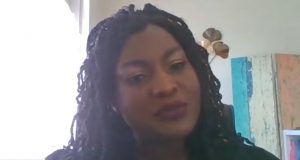
What was your job before you started the programme?
I was an in-house lawyer in a Private Equity firm working on the design and structuring of investment funds and vehicles.
What was your motivation for starting a programme like this?
I was interested in impact investing at first. I had this yearning, bridging the gap between my upbringing as a child born and raised in a developing country and my professional investment acumen. I could not put a label on it back then but as a wink to our Behavioural Economics and the Altruistic Leader teachings, now I know this was my own attempt to solve the cognitive dissonance I was facing in my previous life. I was seeking alignment between my daily habits and my values.
Putting myself in the right room with like-minded peers was just the starting point of the changes I was going after. Then, looking at the programme curriculum, I reckoned it was an engaging and versatile one.
It dawned on me that the best approach to make the most out of this Executive Masters would be to avoid getting too anchored to what I initially had in mind, and the truth of the matter is that the more I stayed open as I was stepping in, the more I did learn from it.
Have you transitioned into a new role in your existing organisation / changed jobs or are changing jobs since the programme?
Joining the programme was part of my action plan for transitioning, but I believed this change had to come with a space where I could reflect on the feeling of “there is more, there must be different ways,” that I had been dragging for the previous months.
So I allowed myself this space and left my previous job prior to joining the programme. Today I am still an in-house legal counsel, and I am still structuring investment Funds…
What is your new role and how do you hope to shape it to be the most impactful it can be?
The beautiful part is that now, I am structuring impact funds and blended-finance structures with a consulting firm called Innpact, a B-Corp based in Luxembourg, where we strive to make social and environmental initiatives sustainable.
Among other activities, we work with Development Finance Institutions, other public institutions, and private institutions to think through and set-up structures with an impact creation design. We build legal and finance structure, but also design the theory of change and offer impact measurement and management services. So, I am living with perfect examples of hybrid economies.
On a daily basis, I blend my knowledge from the mainstream industry, applying some good practices to help build proper structure and frame for the environmental and social initiatives of our clients.
All the lectures and debates from the EMSBE are tools and resources that I can tap into in my new role, and it is thrilling. The challenges of hybrid economies are always present and the importance of setting proper impact measurement tools is pivotal now more than ever.
I feel lucky to have the opportunity to work with colleagues with 5 to 15+ years of experience building and supporting social and environmental initiatives. My colleagues bring their experience, but also welcome fresh new perspectives and I think this complementarity is essential to build on learnings from past experiences without falling in the “we’ve always done it this way” trap.
Now, because in the overall impact world, we have come to realize that intentionality is key, but not sufficient per se, we are moving towards an era where impact measurement should gradually become a core element and not just a nice add-on.
As forward-looking thoughts, I would say that the changes we are advocating for must come with a system change, which starts at the individual level. I believe working on integrating granularly Behavioural Economics elements in the interventions we are helping design will contribute to fostering this change.
What part of the programme resonated with you the most that you will take forward as a guiding principle?
This is a tough one. The entire programme was actually mind-shifting for me, but I would say the most compelling experience was the Altruistic Entrepreneurial Project, where together with 4 peers, we worked for a few months on the design of a social business.
First, it was an eye-opening experience, as it induced me into a self-reflection about entrepreneurship, what entrepreneurs are and, beyond that, what a social entrepreneur is. I never really allowed myself this self-reflection. This was probably due to this little part of me which had some fears about the outcome. Not to say that I am a coward, though.
To some extent, the project was a commitment device for me, as I had no other choice than to embrace and take all necessary steps towards it. This was a first practice of building a venture, a social venture, and it was such a revealing experience. I am happy it debunked a few of the preconceived ideas of mine around entrepreneurship. At the end of the day, it comes down to finding a viable solution for an identified problem. Now that I have been through the process, which unveiled a solution-driven mindset, the answer to the question “Am I an entrepreneur?” is a definitive “Yes”.
Second, the experience taught me humility. When we consider all of the pressing needs of our times, they all come with a lot of complexity and so many moving parts. Therefore, we do not just solve them with simplistic statements or good intentions.
The dual-purpose of social businesses makes them challenging, as we try to make our model financially sustainable while keeping our mission at our core. I saw how navigating these tensions is very much like walking on a tightrope, and how mission drift is never far away. As a matter of fact, good intentions are just a starting point, which then need to be translated into actions, and the positive effects of those actions must be measured.
This is a long journey and the pitfalls leading to mission drift are all along the way. At the design phase with my teammates, it was pivotal for us to always come back to the basics and ask ourselves over again the questions, “What are we trying to do? Who are we trying to help? What is our mission?”. With the iteration process coming with necessary trade-offs, we had to be fully cognizant of what those trade-offs entailed, both in terms of mission and financial sustainability.
Why do I say it taught me humility? I used to call mission drift “The-you-messed-up syndrome”. I still call it “The-you-messed-up syndrome”. But now, I know better, and if I faced a mission drift situation, my approach now would not be about pointing accusing fingers. Instead, I would rather ask a few questions: “Where did you get lost? Where were you so consumed with the battle of surviving or beating the competition that you forgot your stakeholders? Where were you so confident about doing the right thing that you failed to measure properly and reroute where needed?” But above and beyond all other questions “How do we fix this?”


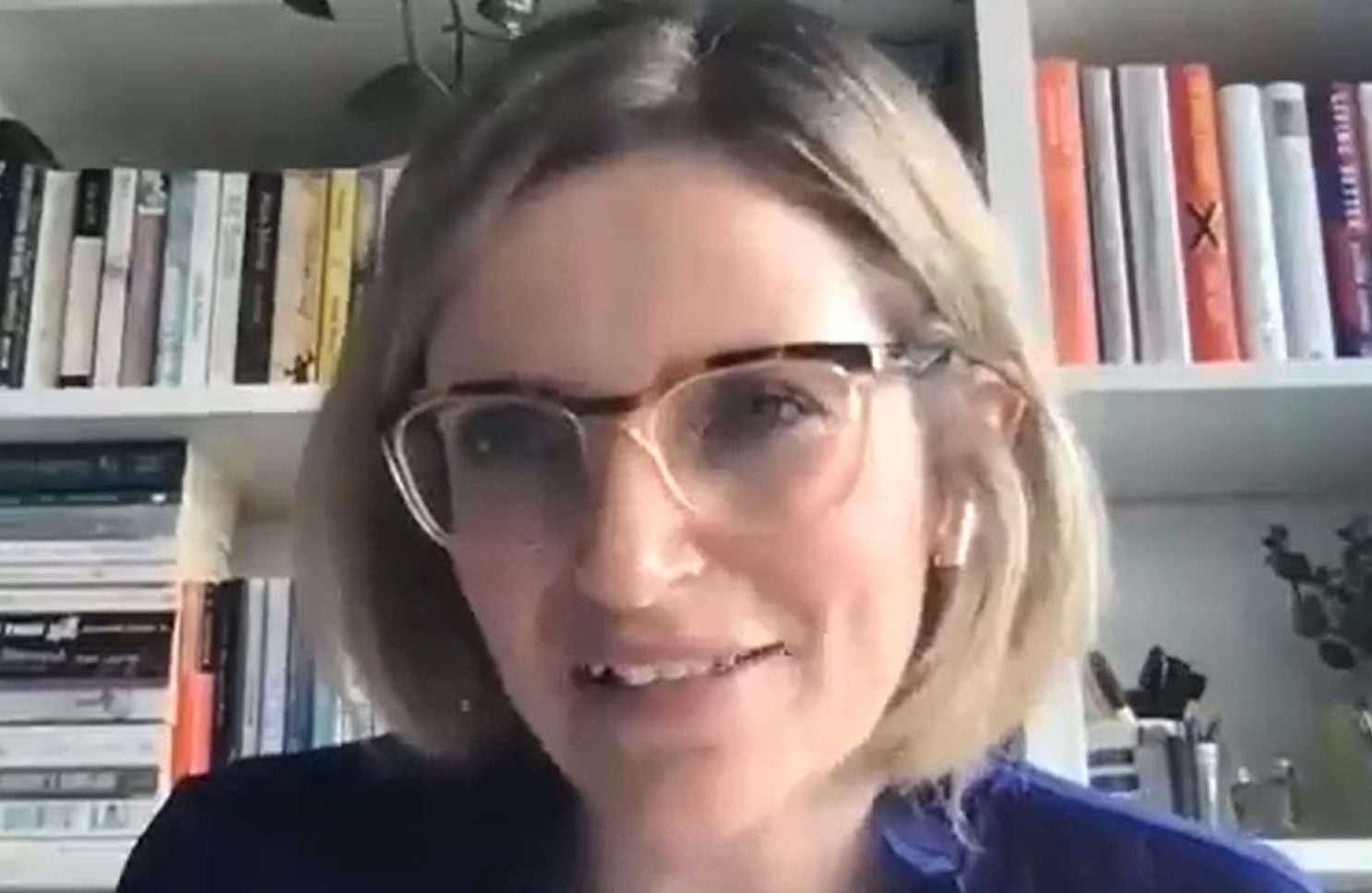
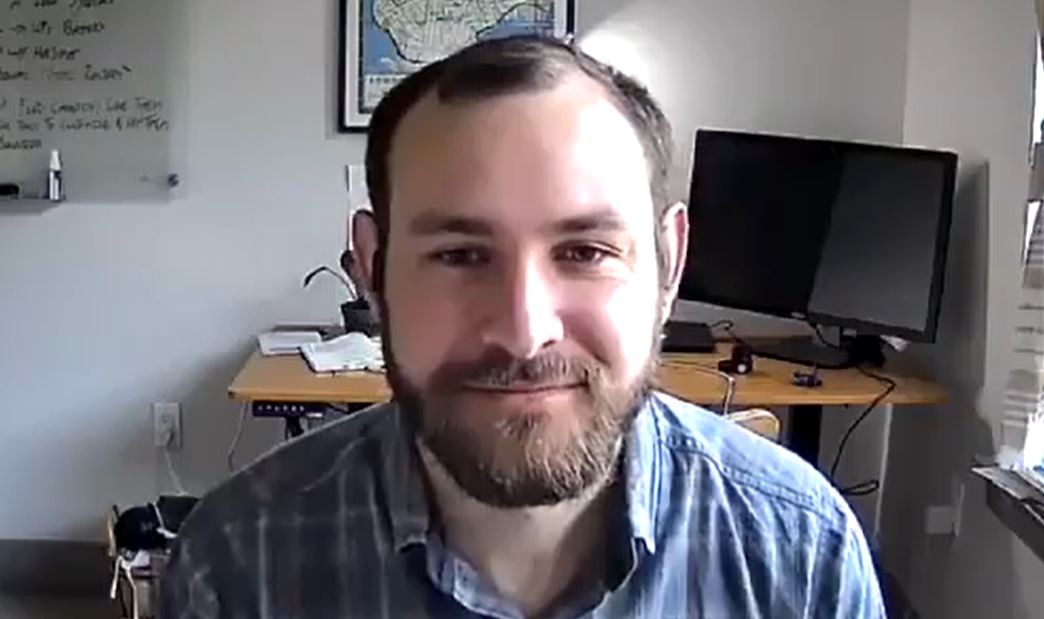
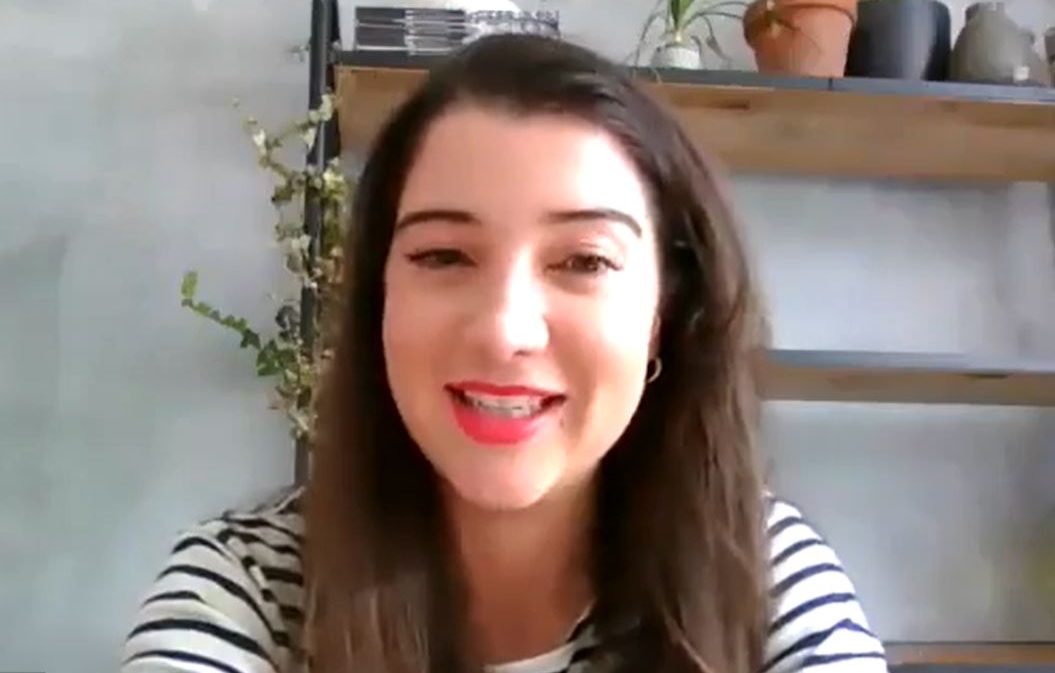
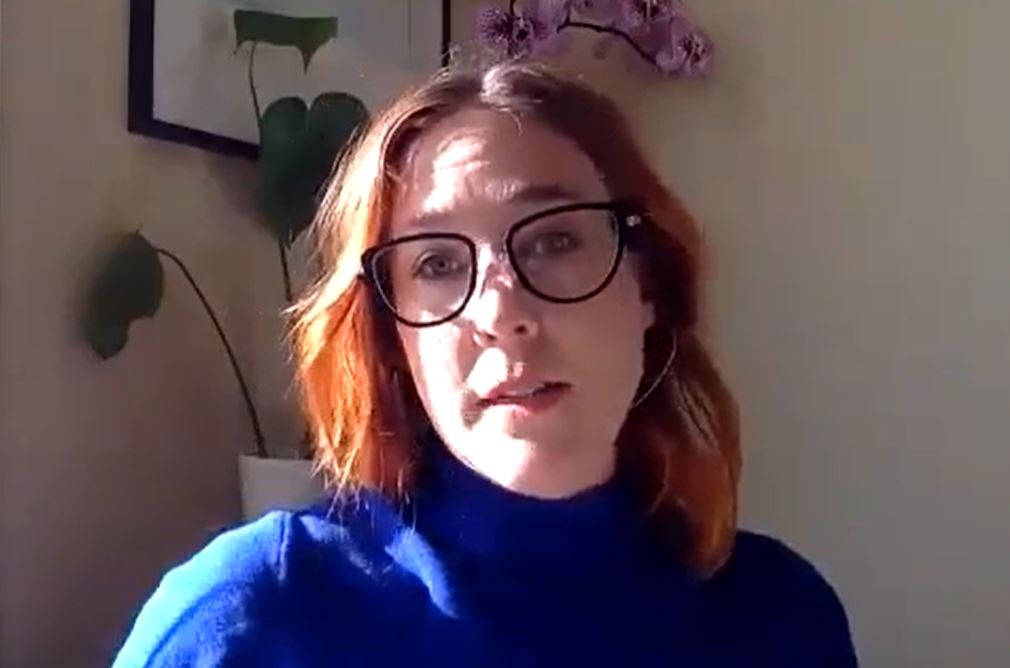
Well said “As a matter of fact, good intentions are just a starting point, which then need to be translated into actions, and the positive effects of those actions must be measured.”
This is exactly where we find ourselves. You cannot scale operations with resources and there is a lag between investment and income. Finding that path between sustainable growth and scaling quickly enough to make operations efficient is a real challenge.